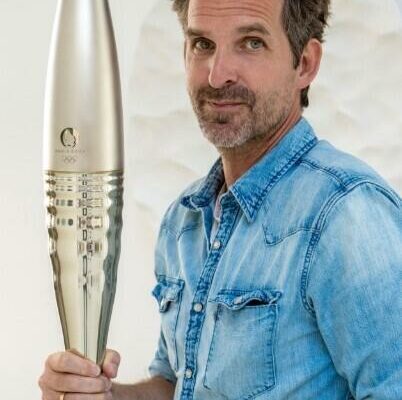On the occasion of the 2024 Olympic and Paralympic Games, 100% Creation highlights craftsmen, their creativity and their French know-how, through a series of nine episodes. The Games of the 33rd Olympiad encourage creators, artists or craftsmen to surpass themselves, to give the best of themselves. This Sunday, the designer of the Olympic torch, an iconic object that is one of the great symbols of the Games, designed by Matthieu Lehanneur.
I feed myself intellectually or creatively, almost without design. I buy a lot of art books, historical books, books on disappeared civilizations. There is a form of letting go. Obviously, I choose the books that seem interesting to me, but then I let my brain, when I consult them, keep what it thinks is interesting to keep and put aside what it does not think is interesting to keep.
Mathieu Lehanneur, founder of the Factory and designer of the Paris 2024 Olympic torch
” I think that for me, all the work of creation is to manage to coexist as best as possible with the organ of creation which for me is the brain. In my job, I think that my brain works in filters, except that over time it has put in place systems of channels which say There is something interesting in this little brick that I see when I walk around the corner, hop, it takes it, it puts it in detail, material, assembly, mineral. It is not as well-established as that. It is not an Excel table, but I have the feeling that it organizes all that. You realize that if you let it do it. In fact, it makes sense. It has found a logic that you, consciously, cannot yet see, but that it, who is always a little ahead of you, ‘you will see, let me do it!'”
Mathieu Lehanneur was born in Rochefort in Charente-Maritime, in the southwest of France and grew up in the suburbs of Paris. He is a more contemplative student than a tinkerer, designer or creative. Medicine attracts him, he thinks of becoming an artist and it is only late in life that he turns to design, passing through the benches of the École nationale supérieure de création industrielle in Paris. In his design studies, science occupies an important place, like his final studies project on the design of medicines. Mathieu Lehanneur therefore has a scientific approach to design.
“The idea is not to make an object for the sake of an object. The idea is not to just use wood because I like wood. The idea is to ask yourself the question, but what will it be used for and who will it be used for? ? So for me, it seemed like the first step necessary to become a designer. Yes, it’s the paradox, it turned out to be atypical while it seemed to me the most natural thing in the world. »
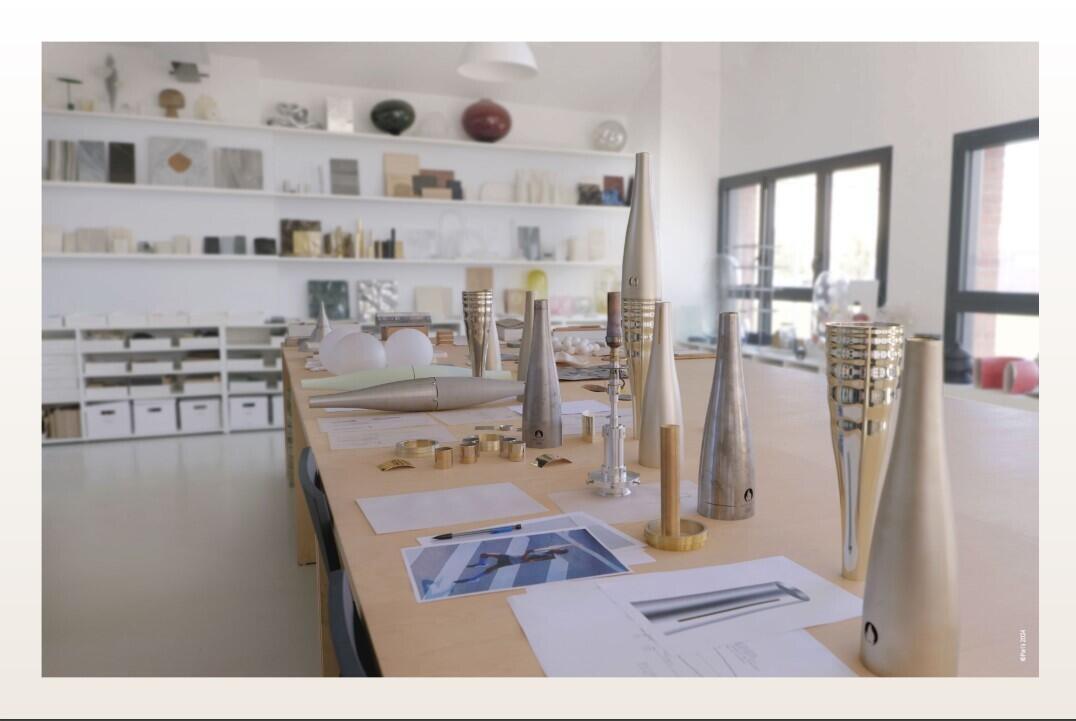
“I continued in parallel and even without clients, to think about the effects of noise pollution on us and how we could find ways to deal with it, to ask myself the question of the air that I breathe which is there, everywhere around us, there, but we never think about it and at the same time, it is one of the rare materials that surrounds me that I touch and that even enters inside me, so, it is obviously key to our life and even to our pleasure. Is the oxygen level sufficient? And so there, I learned from scientists: No! In our big cities, it is never sufficient for a human being to be at the maximum of his capacities. Very well. But then how can we re-enrich this air with oxygen? There are different very technical, very chemical, very artificial or very natural systems. The natural side, I find paradoxically more interesting and more magical. You enter fields and therefore feed yourself. These became research projects, sometimes conceptual projects, often experimental projects, but which all had the vocation. In any case, this is what I try to make them bear as responsibility, to provide possible answers. »
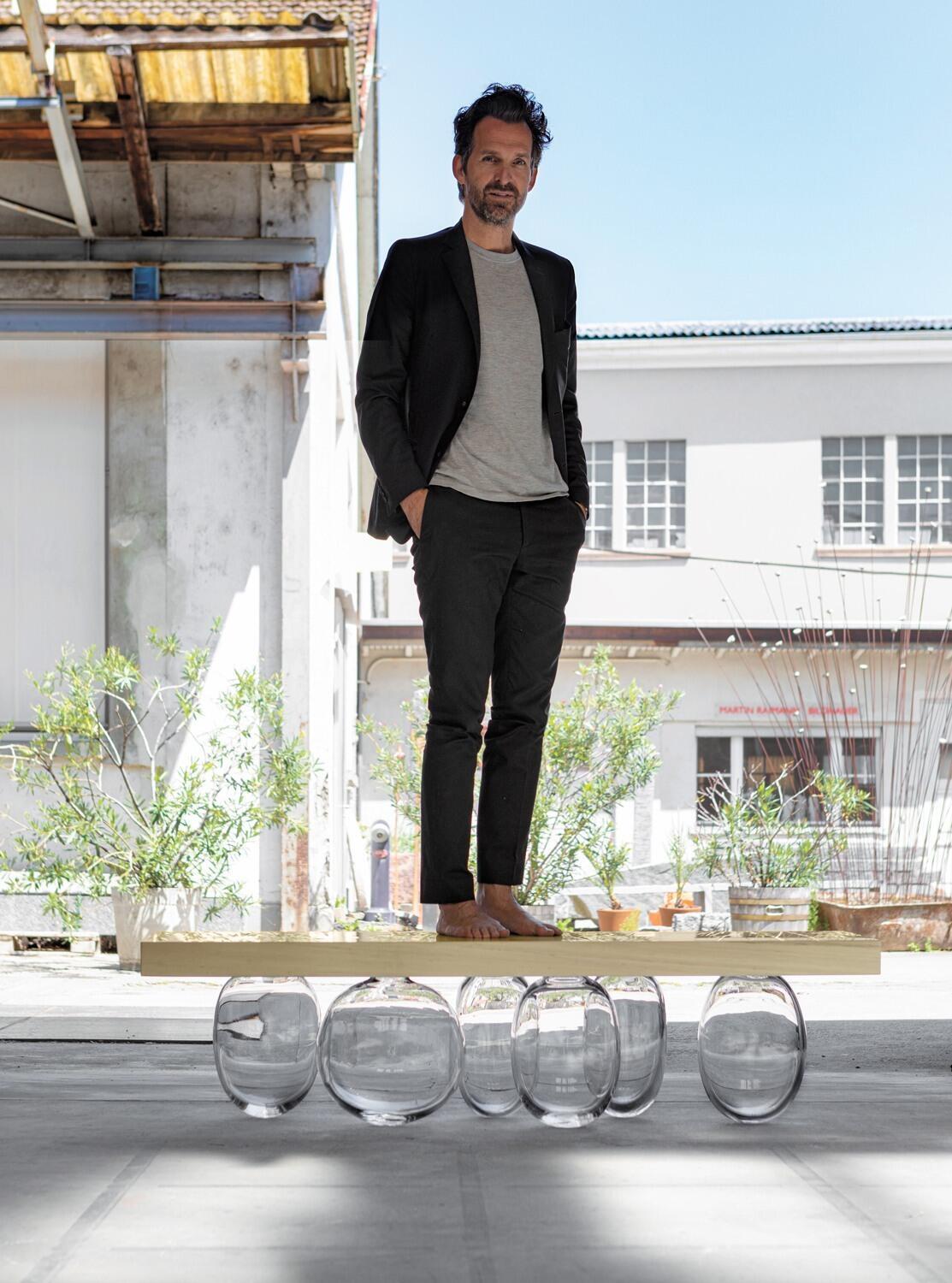
As soon as he finished his studies in 2001, he launched himself and, to control the entire production chain, he set up his idea factory: the Factory. His creative process is based on listening. I close my eyes. If it’s a request that comes from outside, a client, a sponsor. Often, they will prepare a “brief”, a kind of specification. In general, I don’t read them because I don’t believe that the right answer, the intuition or the idea will be found in them. Instead, I take time, I meet them, I talk with them to try to find out, but like a psychologist will do or like a doctor will do with someone who comes with symptoms. People don’t come to tell me that their back hurts, they come to tell me that “my brand, this is what it was, this is what it is today. I would like it to become that again”. I make them talk. »

“Then I close my eyes, I let my brain play with all that. And my brain, like everyone else’s, has this ability to agglomerate things, to merge things that we might think would not merge, to combine, to play, to propose, etc. Gradually, the ideas take shape. Some will not be pushed to the limit because they do not deserve to be pushed to the limit, and then others have a stronger, richer, more interesting potential. So these are the ones that you will put in a greenhouse and gradually grow.”
Mathieu Lehanneur’s project was selected to create the design of the torch for the Paris 2024 Olympic Games. A torch that weighs 1.5 kg, measures 70 cm high and 3.5 cm in diameter at the top and bottom and is one of the emblems of these Games.
“To go back a bit to the sequence: when the announcement of the choice of my project for the Olympic torch and cauldron, there were a few seconds of intense joy, intense happiness, but a few seconds, followed a few seconds later by pressure saying to yourself “My God, wow” that lasts a few seconds too. Then, you are focused on the torch, so during the whole process, honestly, I think about it relatively little, if ever! I don’t tell myself that this is going to be seen by billions of people, that it will go down in history, no! I do it as I have always done. »
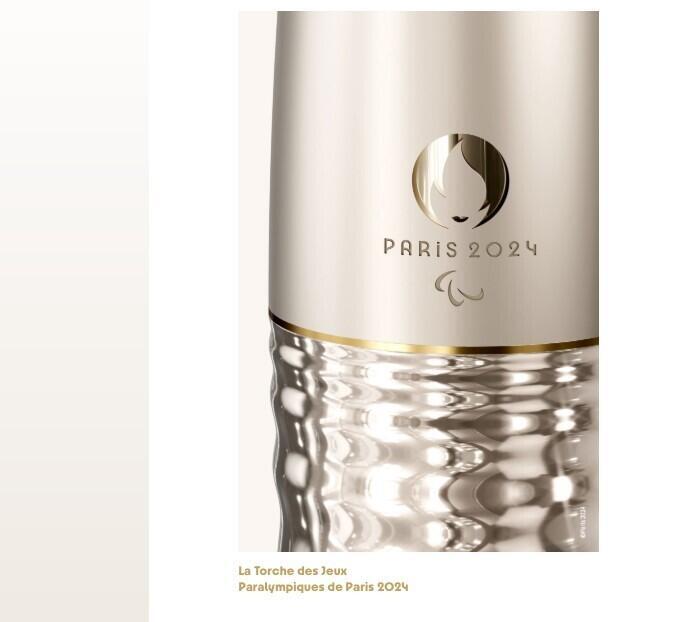
“Each project, even infinitely, they have all been much less ambitious, necessarily, than an object as historic as an Olympic torch. But you have concentrated on the object, what you want it to say, what you don’t want it to say, you, refined it day after day. And then it is really once it is finished that you become aware a little bit indeed that yes, it is not just any object that is part of something infinitely greater than you. That it is you who created it, but that you, as creator, have no importance. It is something that no longer belongs to you. It is something that belongs to humanity. There are those who will like it, those who will not like it, those who will understand it, those who will not understand it. But all of this, you must not think about it too much at the time of doing it.”
To reduce the environmental footprint, the Paris 2024 games have produced fewer torches. There are only 2,000 torches manufactured: 1,500 Olympic and 500 Paralympic, each of which will be used approximately ten times during the flame’s journey. We have this vision of the relay around the stadium where the baton is passed, there is a torch and I pass the torch. But we pass the flame. It is much more beautiful, it is not the object that we pass. The most important thing is the flame. It is the one that carries symbols. Because the flame, which is transmitted, is born in Olympia, in Greece, the cradle of Olympism, naturally. The first flame, which is lit at the beginning of each edition of the relay comes from the sun. In the middle of the ruins of Olympia a sort of bowl all lined with mirrors is placed. It is oriented towards the sun. The rays of the sun converge in this mirror, raise the temperature, to such a level that a flame is created from the rays of the sun. The flame comes, therefore, from the sun. Then, it is this flame, this small piece of sun, which will be transmitted from torch to torch. »
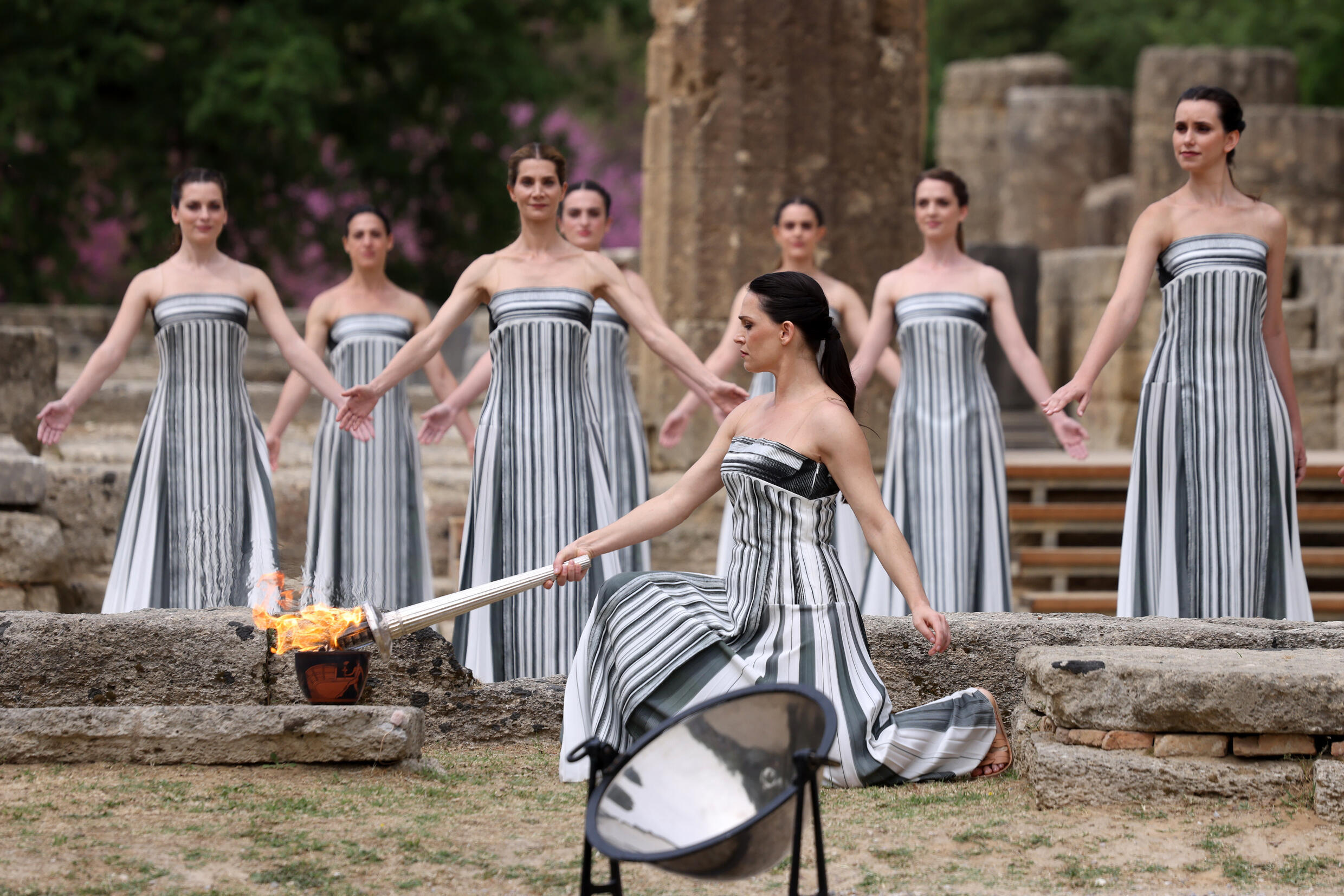
“The torch is only a support to transmit this sacred fire. In all the organization of the relay, there is a need for the torches to be recharged, prepared, readjusted, cleaned, etc. So for all this organization which is very important because we have in fine 10 000 to 12 000 relay runners who will follow one another, 10 000 to 12 000 who will each run small sections, it’s a collective moment. The idea is that there are as many people as possible who participate. It’s very beautiful. We have effectively reduced the number of races for each so that there are a lot of people. It’s a caravan and an organization of such complexity that 2000 is the bare minimum. »
Mathieu Lehanneur created three other objects included in his mission for the Games
“I draw the Olympic torch, the gift for the torchbearers, what is called the mini-cauldron that serves as a stage point during the relay, these mini-cauldrons are installed in each of the cities, stage of the relay at the end of the day. In Quimper, for example, the torchbearers arrive in Quimper in the evening and will light a mini-cauldron. There is a ceremony every evening during the relay, because at night, the torchbearers do not run. And then finally, on the evening of the opening ceremony, the Olympic cauldron will be lit, the official one, the big one that will burn for the duration of the Games. I have the mission of drawing all these elements. What is certain is that they are not designed to be clones that would only change scale according to our needs. They are linked, but they are not derivative products of each other. »
Find all the episodes of 100% Création on:
Apple Podcast Castbox Deezer Google Podcast Podcast Addict Spotifyor any other platform via RSS feed.
